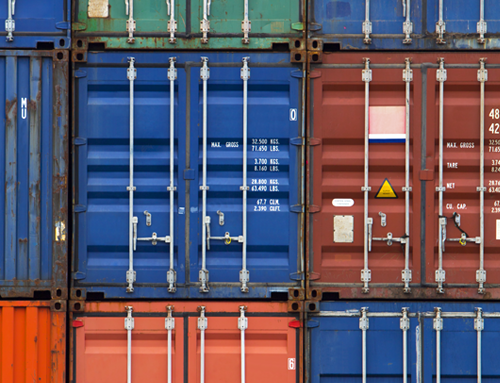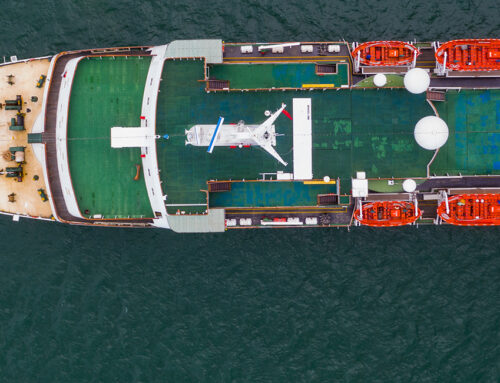In April 2019 the FIATA Working Group Sea Transport published a guide outlining problems and best practices in “Container Shipping and Quality of Containers“. This follows on their guide for best practices in respect of demurrage and detention on containers, published last year.
Containers fall under the purview of two major international agreements: The Convention for Safe Containers (CSC), which sets structural certification standards enabling CSC certified containers to enter and move through the global supply chain easily, and the rules and policies established by the International Maritime Organization (IMO) in respect of safe packing of Cargo Transport Units (including 2016 changes requiring a Verified Gross Mass statement for all containerized cargoes).
Containers are owned and provided by the shipping lines, and it is the obligation of the carrier to provide clean and seaworthy containers. This includes a container that:
- is fit for the purpose of international carriage by sea
- complies with the CSC (and other international structural standards)
- complies with international or national safety standards
- is clean and free of:
- any previous cargo residue, or packing material from previous cargoes
- Any marks or labels from previous cargoes
- dirt or waste
- organic material, living or dead organisms, or seeds or eggs
Containers are assets of the line and they have an interest in returning them to service as quickly as possible; in the result, the Working Group noted an increasing incidence of containers being supplied in poor condition.
The Merchant bears the responsibility for confirming that the container provided is clean and suitable for transport, and this responsibility of shippers is also set out in the CIFFA Standard Trading Conditions (para 8). As a practical matter, however, this examination generally takes place at the shipper’s facility after the container has been provided for loading – it may have already traveled some distance, adding to transport costs and delaying shipment. While lines are reluctant to bear these costs, the provision of a seaworthy container fit for purpose is their fundamental obligation, and the carrier providing the container should bear these additional costs in full.
On return, it is the consignee’s responsibility to return the container in the same seaworthy and clean condition in which it was received at the beginning of the carriage, including cleaning of the container. Depending on the condition of the container, the CTU recommends the following options for cleaning:
- thorough broom sweeping
- Washing interior faces with a low pressure hose, detergent, and brush
- Scouring interior faces with a medium pressure washer
- Scraping areas of contamination – taking care not to damage structure or paint
Where the carrier determines the returned container requires cleaning or repair, these charges will be passed back to the consignee or, more likely, their freight forwarder. These reasonable charges must be paid, however, forwarders should require confirmation that the cleaning or repair was necessary (for example, with pictures of the soiling or damage) and that it was actually carried out (through documentation produced by the container terminal facility) before accepting charges.
The Working Group also notes that some carriers have adopted a practice of imposing a cleaning or similar charge by tariff on every container. It is the WG’s opinion that this improperly shifts the burden of the carrier’s obligation to provide clean and seaworthy containers on all users of containers, and the costs of providing clean and seaworthy containers must be included in ocean freight and not supported by an additional charge or tariff.




